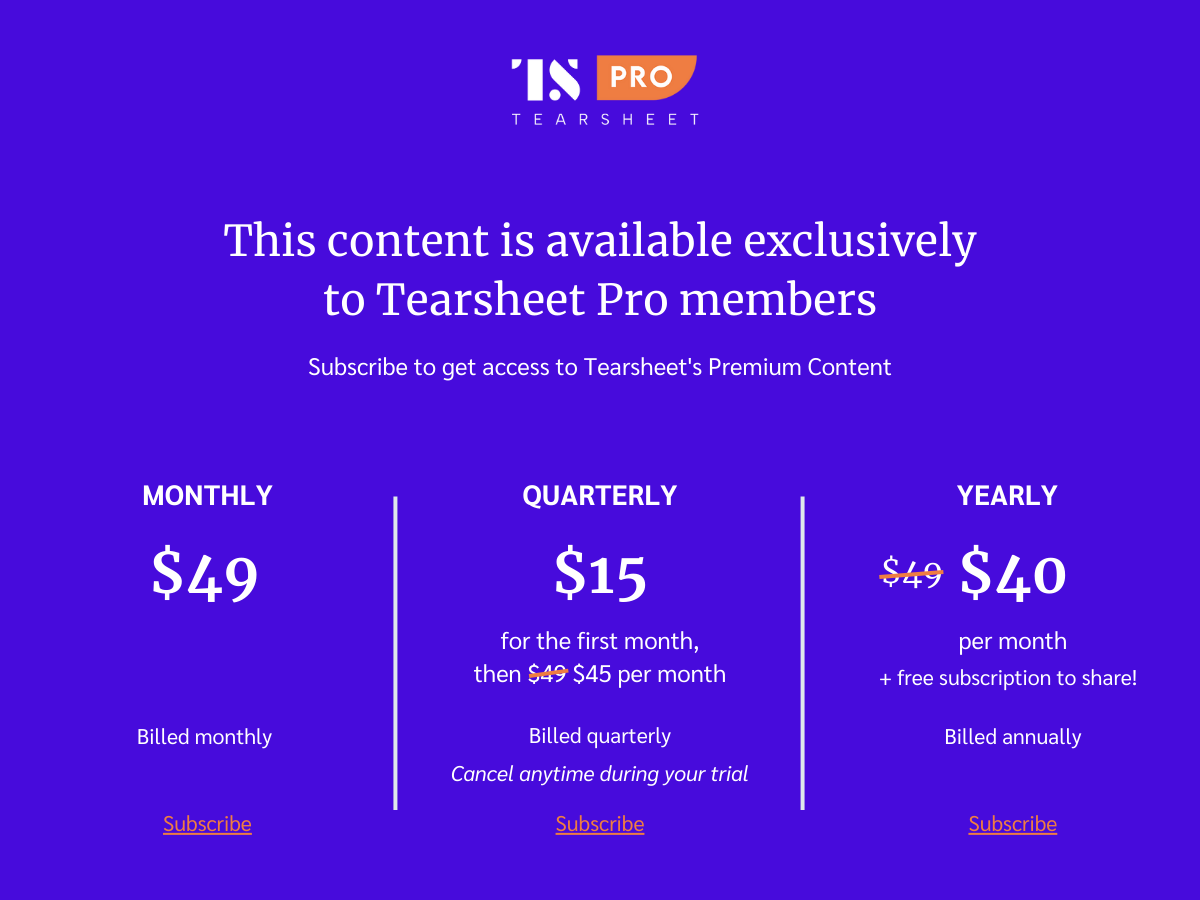How to build a chatbot: Lessons from Bank of America, Klarna, and Lili
- Everything from the UX, to the scope of a chatbot can impact how meaningful customers find interacting with a digital assistant.
- While larger companies are able to heavily involve their own product and software development teams in building a chatbot, smaller firms in the industry should keep their focus narrow, find the right partners and ensure they are responding to how customers are engaging with heir chatbot.

Building chatbots that add value to the customer experience is hard. Mostly because incorrect design decisions can make the customer feel confused about who they are speaking to (computer or human) or frustrated, if they feel like they aren’t getting what they want.
So there is a strong case to be made that chatbots can hurt customer experience, but we have also recently seen a growing number of financial industry firms deploy chatbots and implement them well.
So what enables a chatbot experience to go from making the customer spam “I want to speak to a human” to actually feeling like they are being assisted?
1) Focus on the task: A lot of chatbots never really evolve beyond the Q&A realm and help automate tasks. However, some of the better chatbots out there like Bank of America’s Erica are quite adept at solving basic tasks like sending money, locking/unlocking a debit card, or overviewing spending habits. What really allows Erica to stand out is how it steps beyond the text-based approach and provides the customer with relevant charts and images when appropriate like in the case of keeping track of finances. The magic is in the UX expanding and contracting depending on the task at hand.
2) Know what and who you are designing for: One of the more recent debuts in the chatbot realm comes from Klarna, which powers its digital assistant through OpenAI. While the agent covers most of the run-of-the-mill tasks associated with a chatbot in the ecommerce space like checking on refunds, the standout features are its ability to explain and breakdown transactions, as well as provide support in multiple languages.
Bank of America’s feature allows the chatbot to go beyond the script-based format and really improvise how it interacts with the customer depending upon their needs. And Klarna’s visual interactions are a boon for anybody who is an immigrant in a country where they don’t speak the language. English is really only universal on paper and in the real world, especially at call centers, things like accents and intonations can get in the way. Since Klarna is available across 23 markets including those like the US which have a high proportion of immigrants, these capabilities show that the company identified points of friction early in the design process.
Both Bank of America and Klarna heavily involved their own teams in the development of their chatbots. But this isn’t always possible for smaller firms, in which case the best policy may be to keep the focus of the chatbot narrow. Building a chatbot that has a wider scope that extends to multiple Jobs To Be Done is more resource intensive from a design and development perspective. But focusing on a specific workflow ensures that the design team already have a specific consumer need in mind and are solving for the points of friction therein and can optimize the chatbot to perform efficiently within that job.
A recent example of chatbot focused on a niche comes from Lili, a fintech that provides SMBs with banking services. Its Accountant AI uses insights from the customer’s business as well as other similar businesses across Lili’s platform to help SMB owners with questions around taxes, deductions, and strategies for profitability.



